
OR
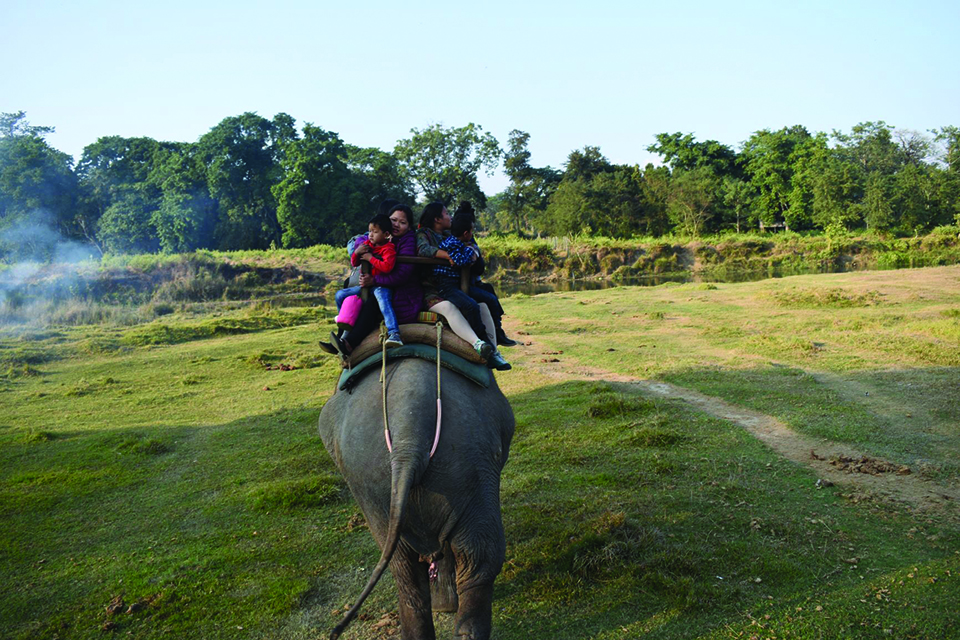

Taylor Mason
The author is an Australian journalism student doing photojournalism internship in Nepalnews@myrepublica.com
Chitwan is the place of nature, culture and adventure. There is something here for everyone making it the prime destination for a real trip in Nepal
South-west of Kathmandu lies the map-hidden, jungle area of Chitwan—world heritage site renowned for its National Park—which boasts 952 sqkm of sedimentary grasslands and deciduous forests. Chitwan offers a warm climate, beautiful flora and dangerous fauna, and the cultural knowledge of Tharu communities.
Until the 1950s, citizens travelling to Chitwan faced arduous journey riddled with rocks, steep hills and narrow crossings which took weeks to walk. Today, travelling from Kathmandu to Chitwan is very convenient with large main roads and no speed limits—tourist buses make the trip in seven hours with rest stops provided. Chitwan National Park offers a wonderful array of flora and fauna, home to the world’s tallest grasses including elephant grass offering a profusion of flowers and natural vegetation. Chitwan also hosts over 700 species of wildlife including the notorious mugger crocodile, king cobra, more than 100 species of fish, and approximately 70 mammal species including Bengal Tigers, Leopards, Sloths, Elephants and Rhinoceros. For bird lovers, Chitwan provides over 530 recorded species including the majestic white-throated kingfisher, elegant storks, soaring spotted eagles and the vulnerable paradise flycatcher.
Cheeky elephant
When in Chitwan, an elephant safari is a must do for tourists and locals who wish to explore the National Park. Riding on an elephant is an immersive and relaxing experience, as it offers a quiet trek through the jungle from an otherwise unattainable height. Discreetly marching through the wilderness, the elephant safari offers quick, precious glimpses of peaceful animals as they wander in their natural habitat. One can expect to see plenty of birds, deer, and monkeys and, on rare occasions, predators including the one-horned rhinoceros and Bengal tigers as they stalk through the native grasses.
Looking up at the vast, grey mammal as it towers above, one’s first thought might be “I need a ladder”, but in Chitwan most are drawn to admire the beautiful floral designs and intricate mandalas carefully drawn and painted on the elephant’s face, ears and trunk.
The beautiful creatures smile down at the public, pleased with their makeup and enjoying the fresh open air of their surroundings. Some elephants are younger than others and often perform for the crowd, walking back and forth with their trucks held high and sometimes turning in tight circles, in the hopes of being given a piece of fruit as a treat—bananas being their favorite. One cheeky elephant reached into an unsuspecting bystander’s pocket while he was talking to his wife and pinched a banana, before popping it into his mouth and blowing his trunk triumphantly.
On top of elephant
Up on top of the elephant I sat, along with three others, with my arms wrapped around one of the box’s four poles and resting atop a comfortable pillow. From the elephant’s back the land stretched outwards, my vision was extended immeasurably from this newfound height.
Our guide (mahout) sat atop the elephant’s neck with his feet gently resting behind the creature’s ears, which he would use to control the elephant’s movements on the trek. The mahout called out and our elephant was off, slowly meandering across the grassy plains towards a small stretch of river, before confidently trudging down into the cool water.
The elephant drank deeply, gathering the water with its trunk before spraying it into its mouth. Lost in this moment of joy, I watch as the elephant splashes and swirls the water with its trunk, enjoying every minute, before considering taking a shower. Taking a long drink of water the elephant raises its trunk up behind its head and takes aim at us. The mahout laughs and scratches the elephant’s ear, a signal to stop and continue along the trail. We all sigh in relief. A cold shower in winter is not the best idea even in Chitwan’s warm tropical weather.
Back on the trail the elephant slowly cuts in and out of the jungle, swapping trails as we make our way further into the depths of Chitwan. Above our heads various birds soar, chirping happily amongst themselves and occasionally dipping down low but just out of arms reach, teasing us.
I spot a white-throated kingfisher speeding between the leaves, while a small pheasant pecks at grain seeds on the ground. Around me trees climb towards the crisp blue sky, towering above, solitary and quiet. I feel lost among a canopy of leaves. Time is blurred. I later discover the trek went for just under two hours but it felt longer, it felt like forever.
A laughing rhesus monkey pulls me from my thoughts as it launches from a nearby tree. Arms stretched out, it grabs onto a branch and hangs for a moment staring as we trudge past. Just past the monkeys, our mahout calls out and grabs my leg, pointing towards a cluster of quietly grazing deer. So quiet and peaceful, this is what truly being immersed with nature is like—being lost in the moment.
Our journey continued with more sightings of birds, monkeys and deer, but the real excitement came when we discovered a one-horned rhino grazing in a nearby clearing. It stood confidently, completely indifferent to our presence—only worried about the grass around it. The rhino was lost in its own world and I had become lost in its. I had become one with Chitwan. I was now forever lost in the heart of the jungle.
Jeep trekking
Riding around Chitwan in a jeep is the only way to go—it’s fast, loud and bumpy—my three favorite things. Not to be confused with the fancy jeeps seen on TV ads in Australia, these jeeps are the bare bones—comfort is not highly rated and is mostly ignored with nothing but the essentials being left (steering wheel, tires and seats). Seatbelts are a luxury and won’t stop you from bashing around anyway so even those are thrown to the curb. This type of driving is not for the faint hearted but rather the adventure manic (quite like myself) who regards fun and enjoyment as a must have for any good trip.
Crashing through the small roads of Chitwan my guide swerves to avoid an army of geese who stand at attention in the middle of the main road. I almost squeal with delight as I am thrown to the side of the jeep staring down at the rushing road inches from my face.
I return to my seat just in time to see an elephant walking beside the jeep. It raises its trunk to say hello. I return the favor yelling out ‘Namaste.’ The elephant toots back and continues down the road. Do you think you can experience that in a regular car?
Live a little and enjoy the best ride in town. Jump in a rickety, slightly dysfunctional but exciting jeep.
The author is an Australian journalism student doing photojournalism internship in Nepal
Taylor.Mason2025@outlook.com
You May Like This

Spain’s political paralysis
Many in Madrid say that Spanish politics is becoming Italian, only without the Italians’ feats of political gymnastics ... Read More...

Mayday for protectionism
Whereas America built less than one million gross tons of ships between 2014 and 2016, South Korea and China produced a... Read More...
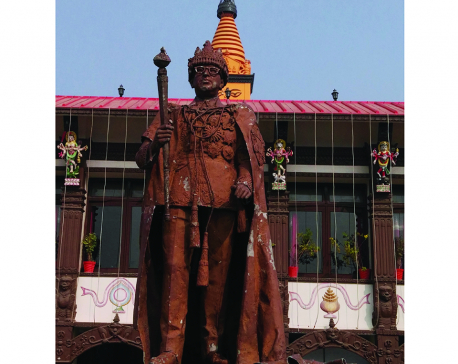
Genealogy of xenophobia
In a country burdened by ethno-nationalism, self-destructive jingoism and hubristic self-importance, the politics of prosperity is merely a façade... Read More...



Just In
- 16 candidates shortlisted for CEO position at Nepal Tourism Board
- WB to take financial management lead for proposed Upper Arun Project
- Power supply to be affected in parts of Kathmandu Valley today as NEA expedites repair works
- Godepani welcomes over 31,000 foreign tourists in a year
- Private sector leads hydropower generation over government
- Weather expected to be mainly fair in most parts of the country today
- 120 snow leopards found in Dolpa, survey result reveals
- India funds a school building construction in Darchula







_20220508065243.jpg)



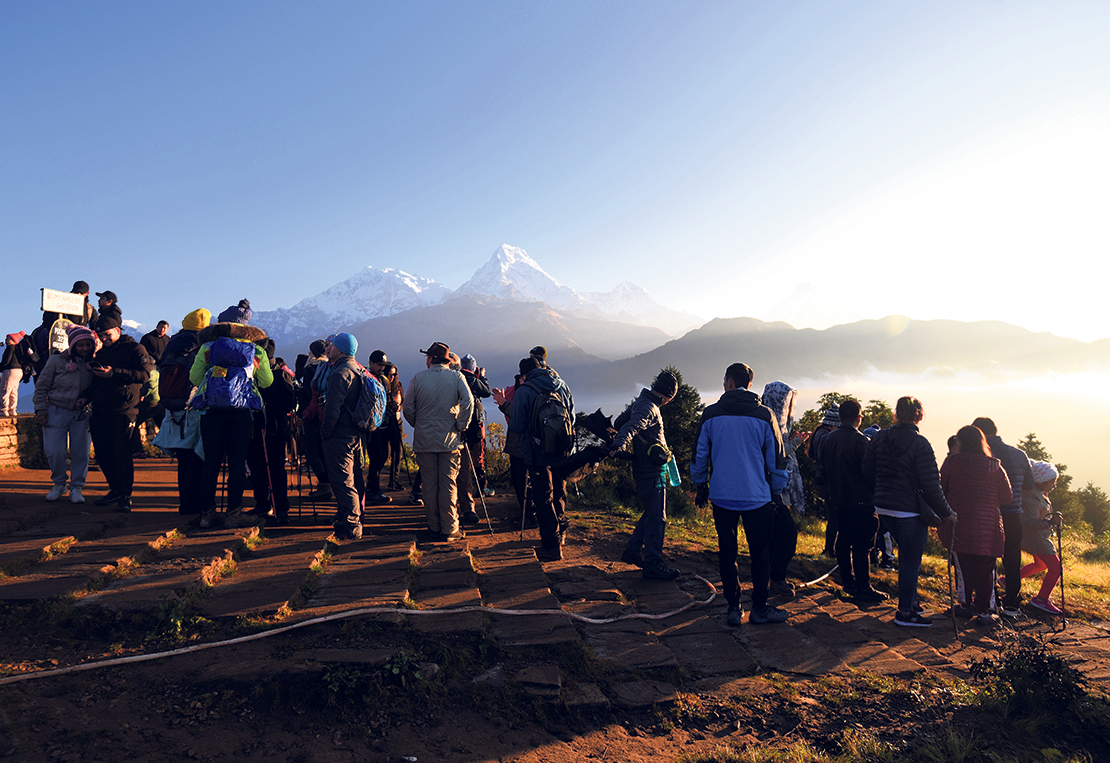


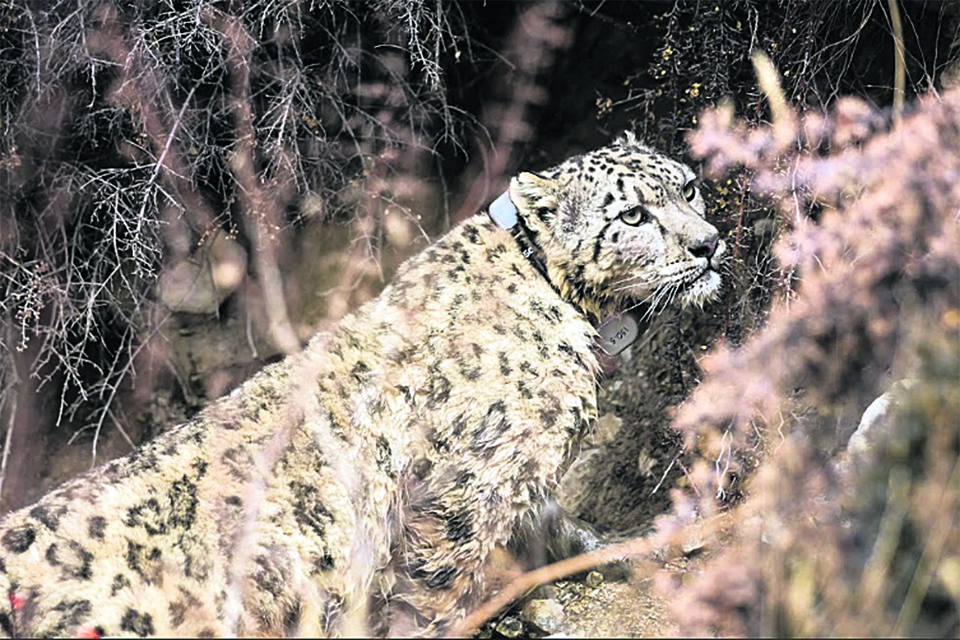
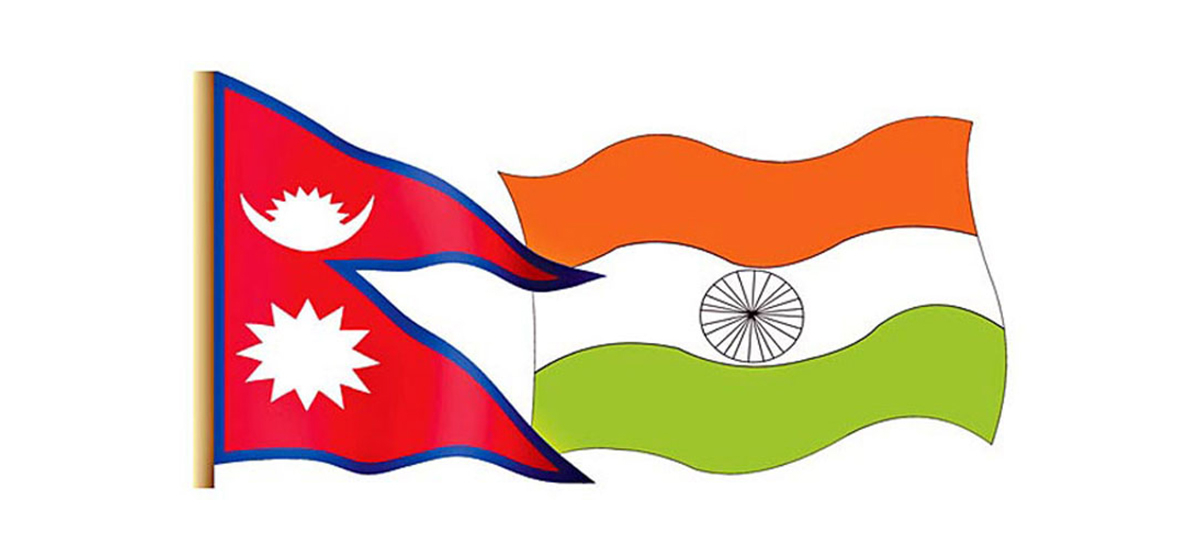
Leave A Comment